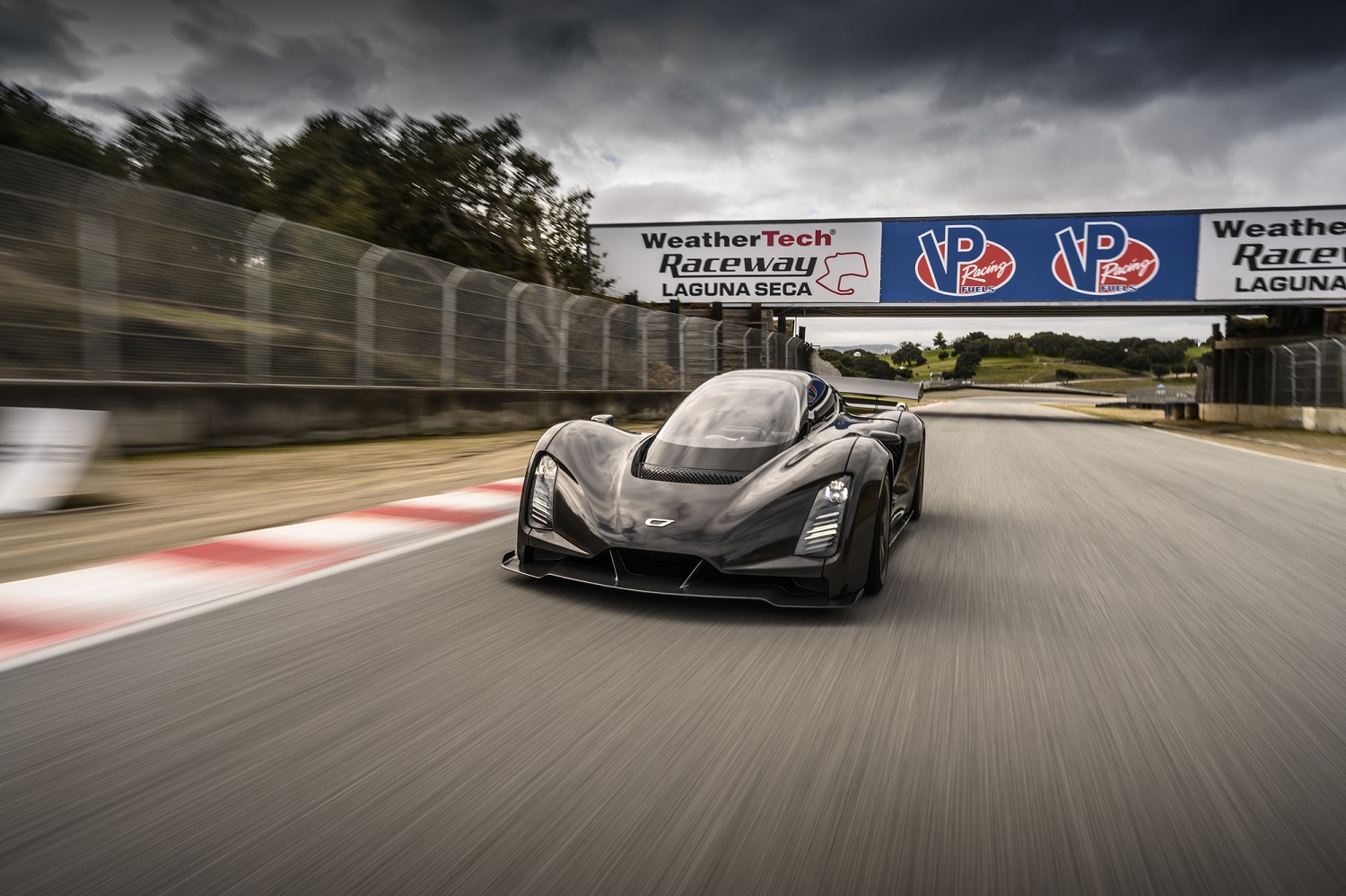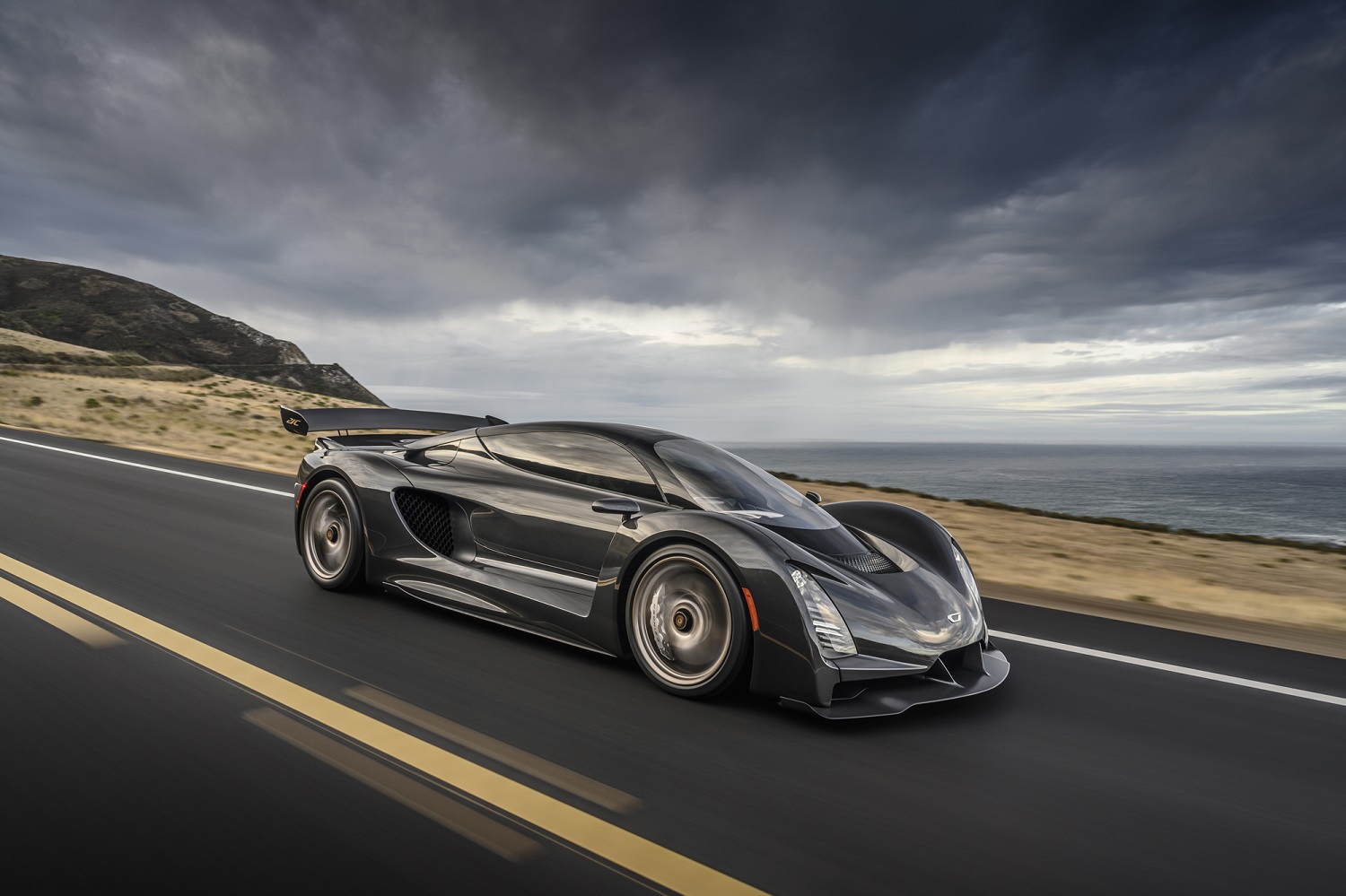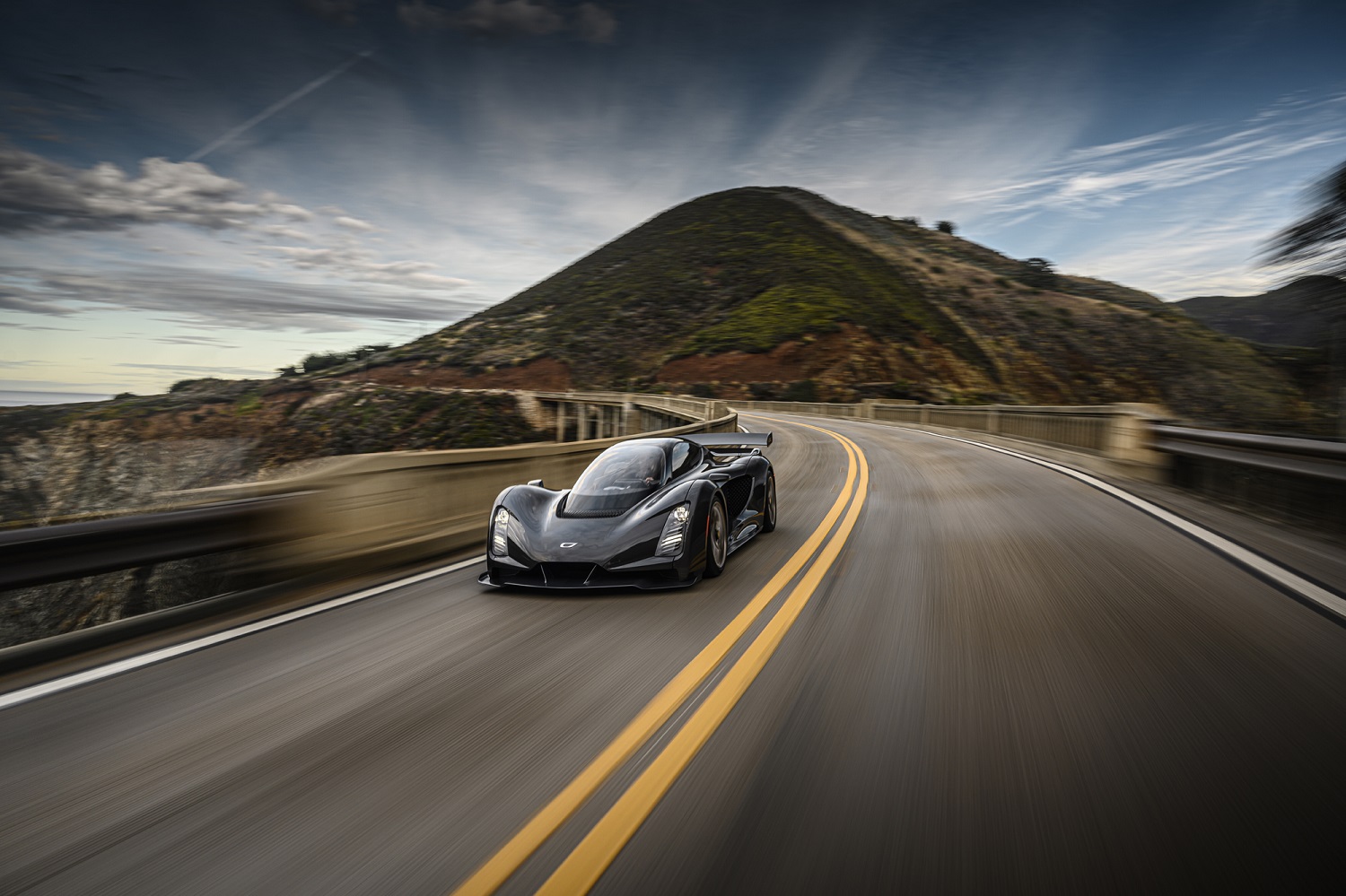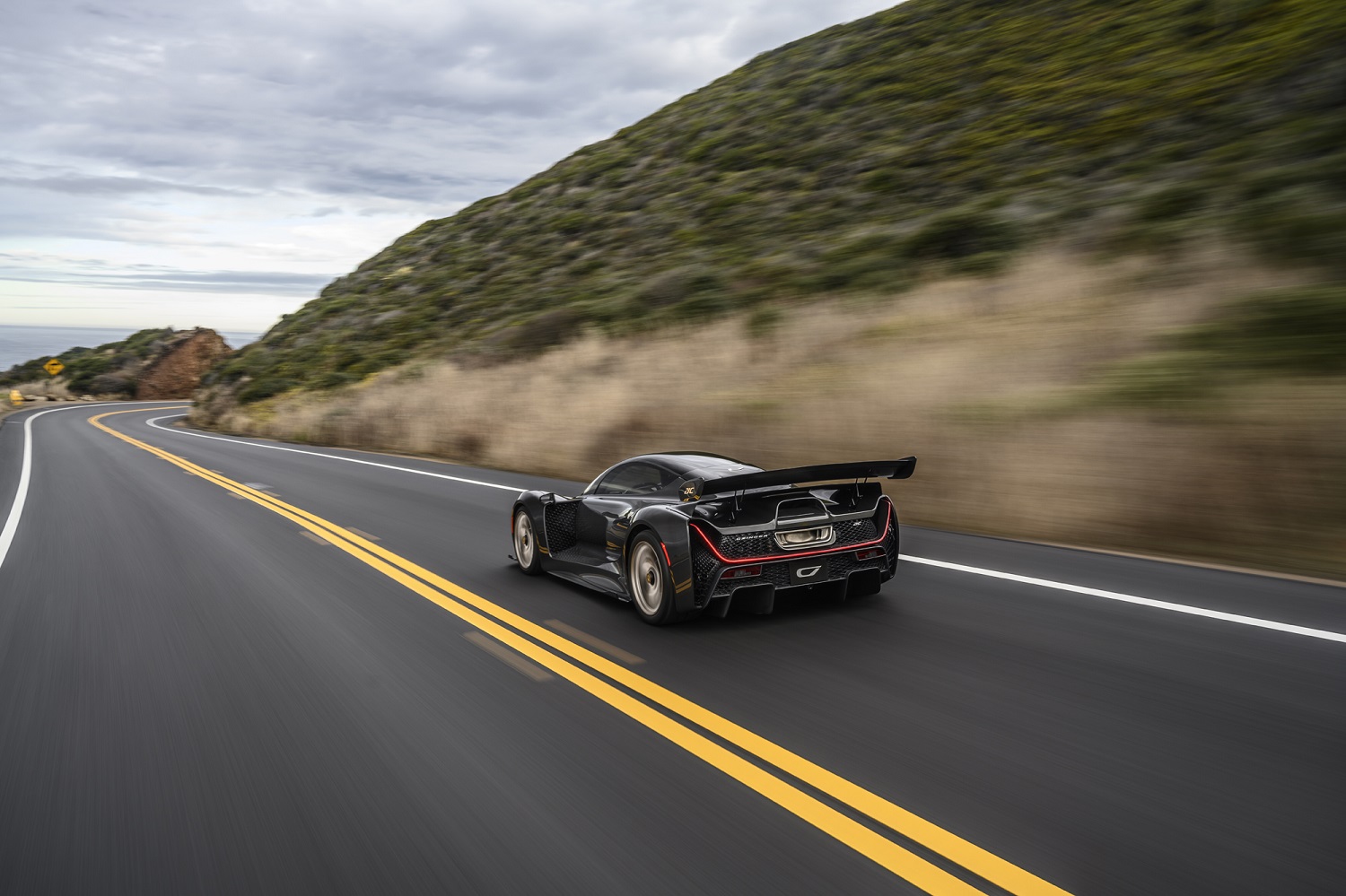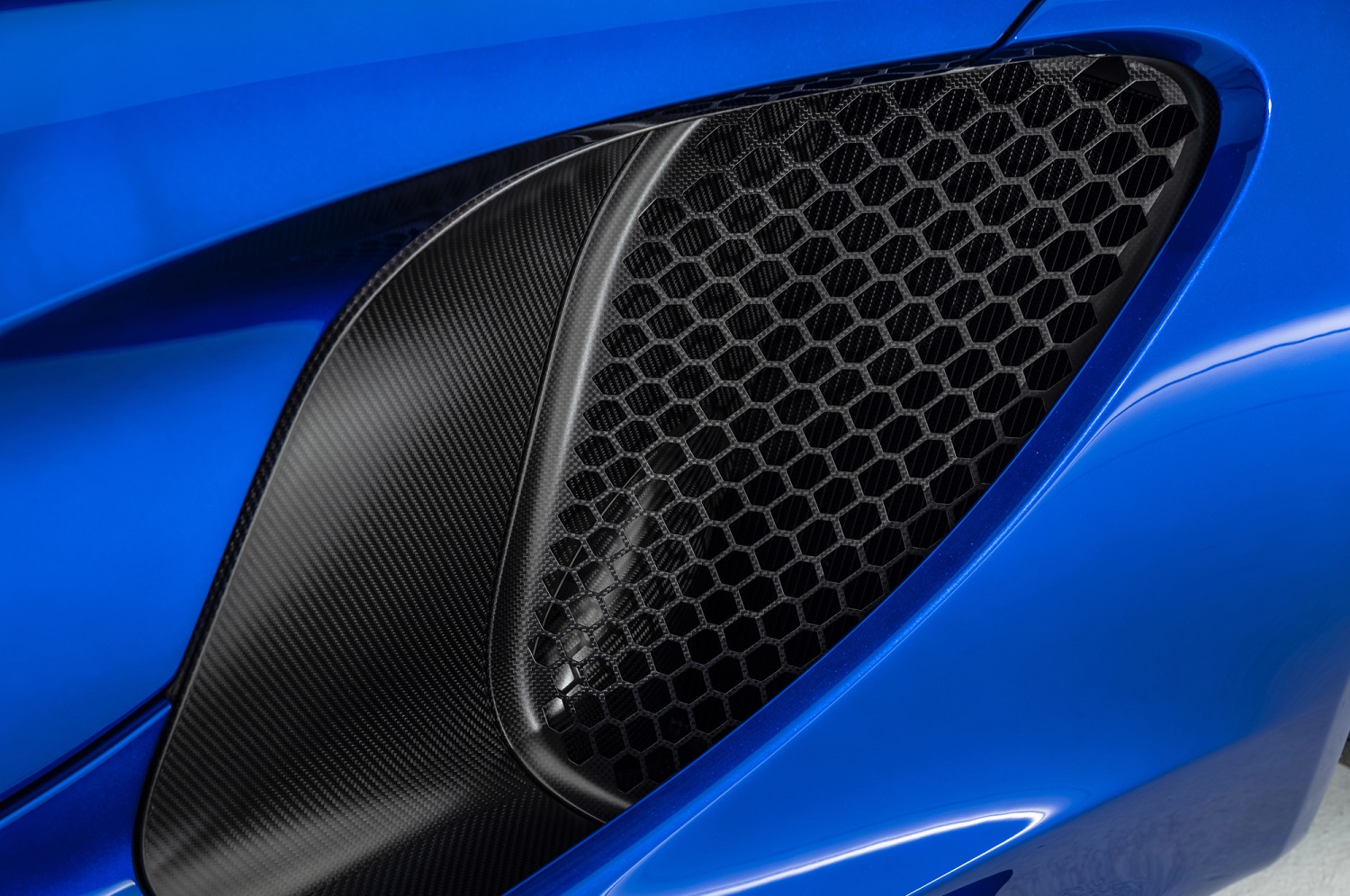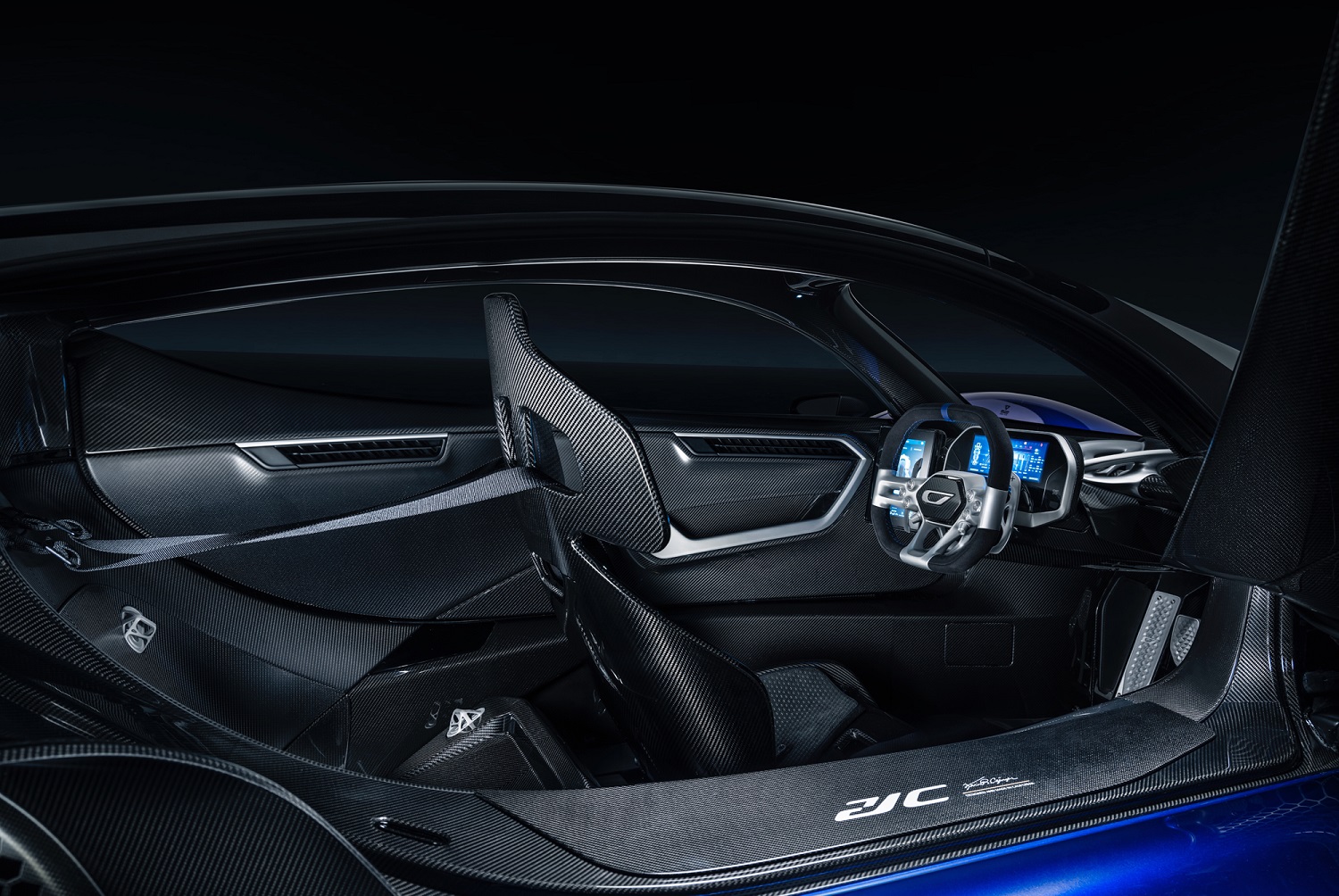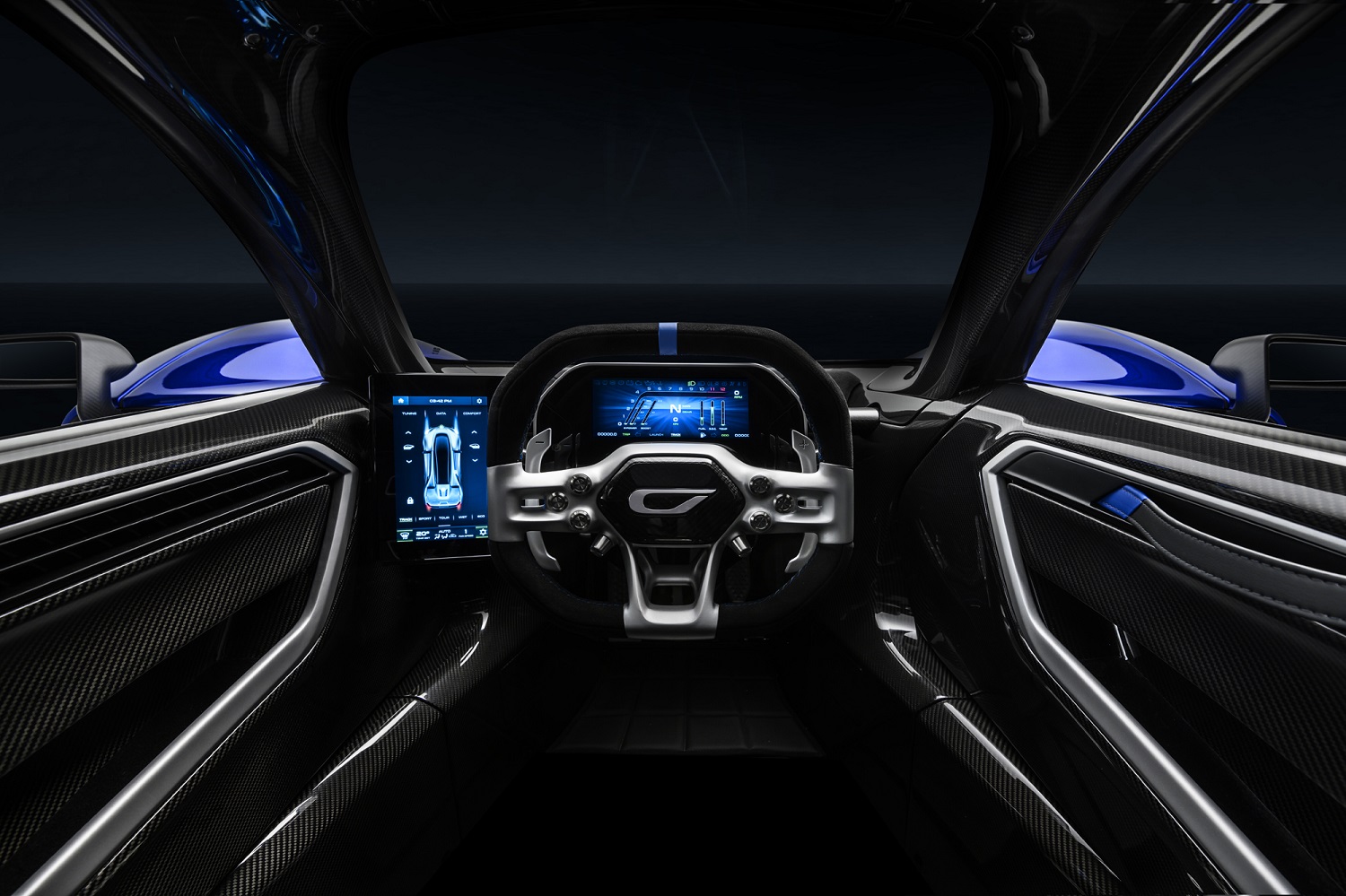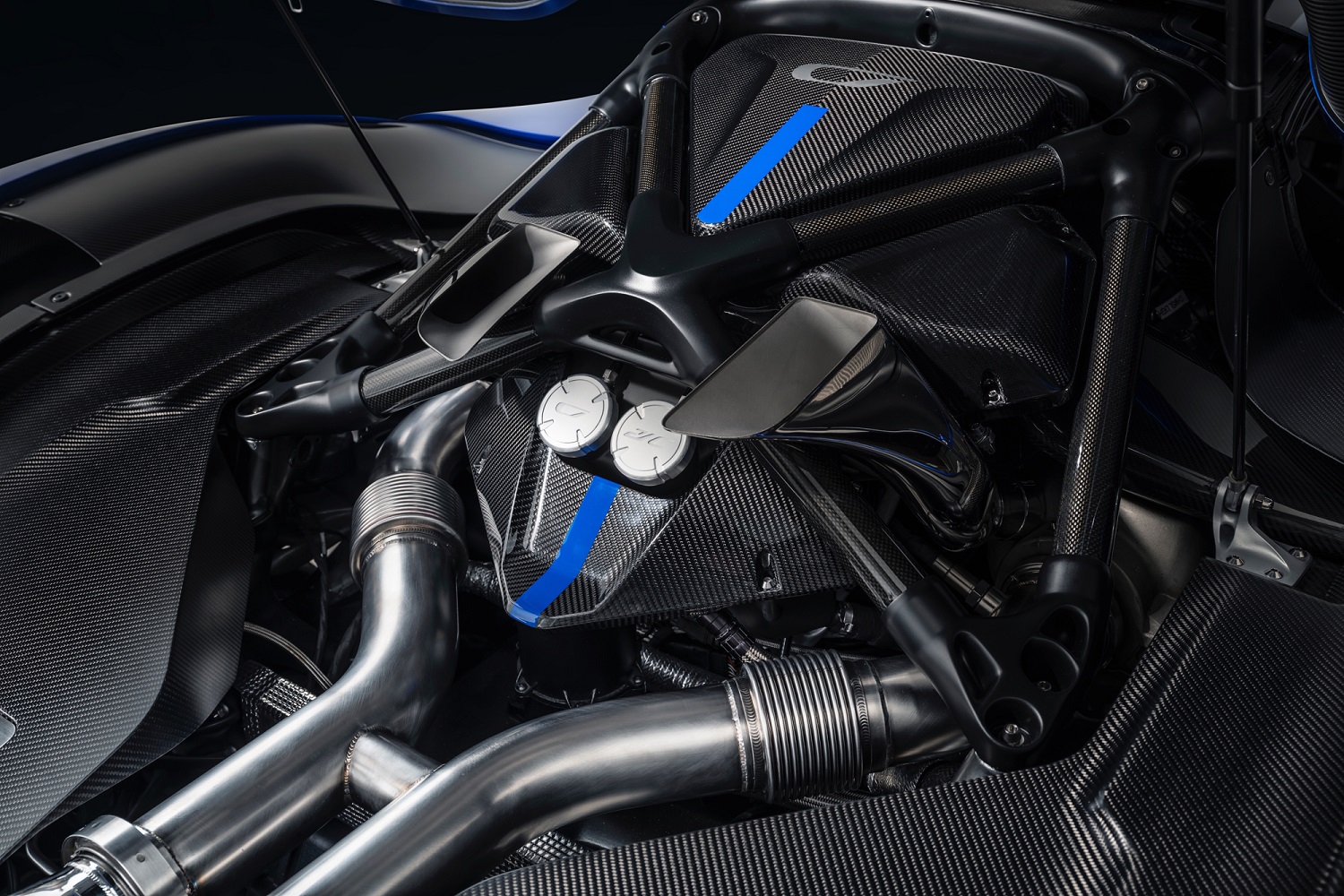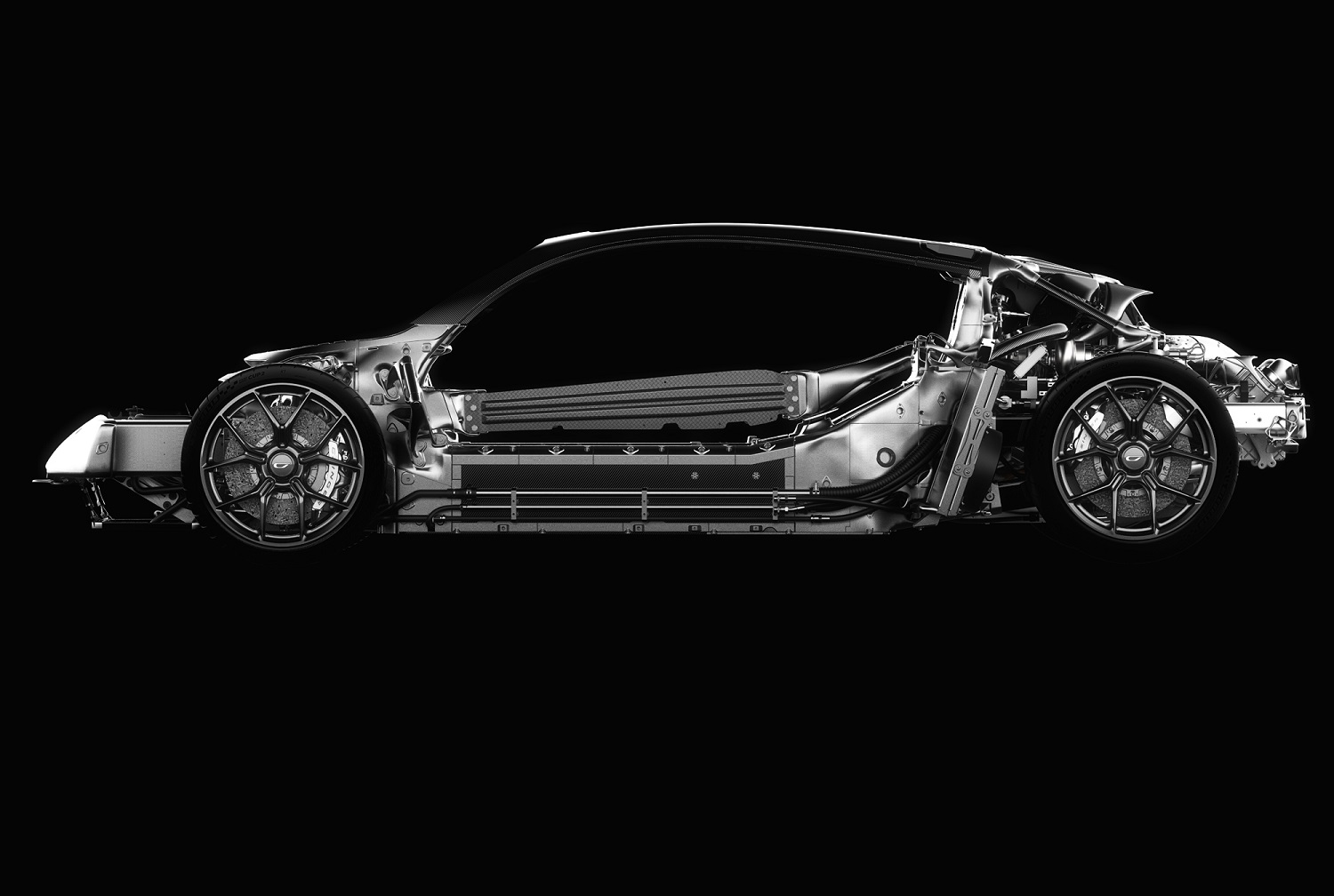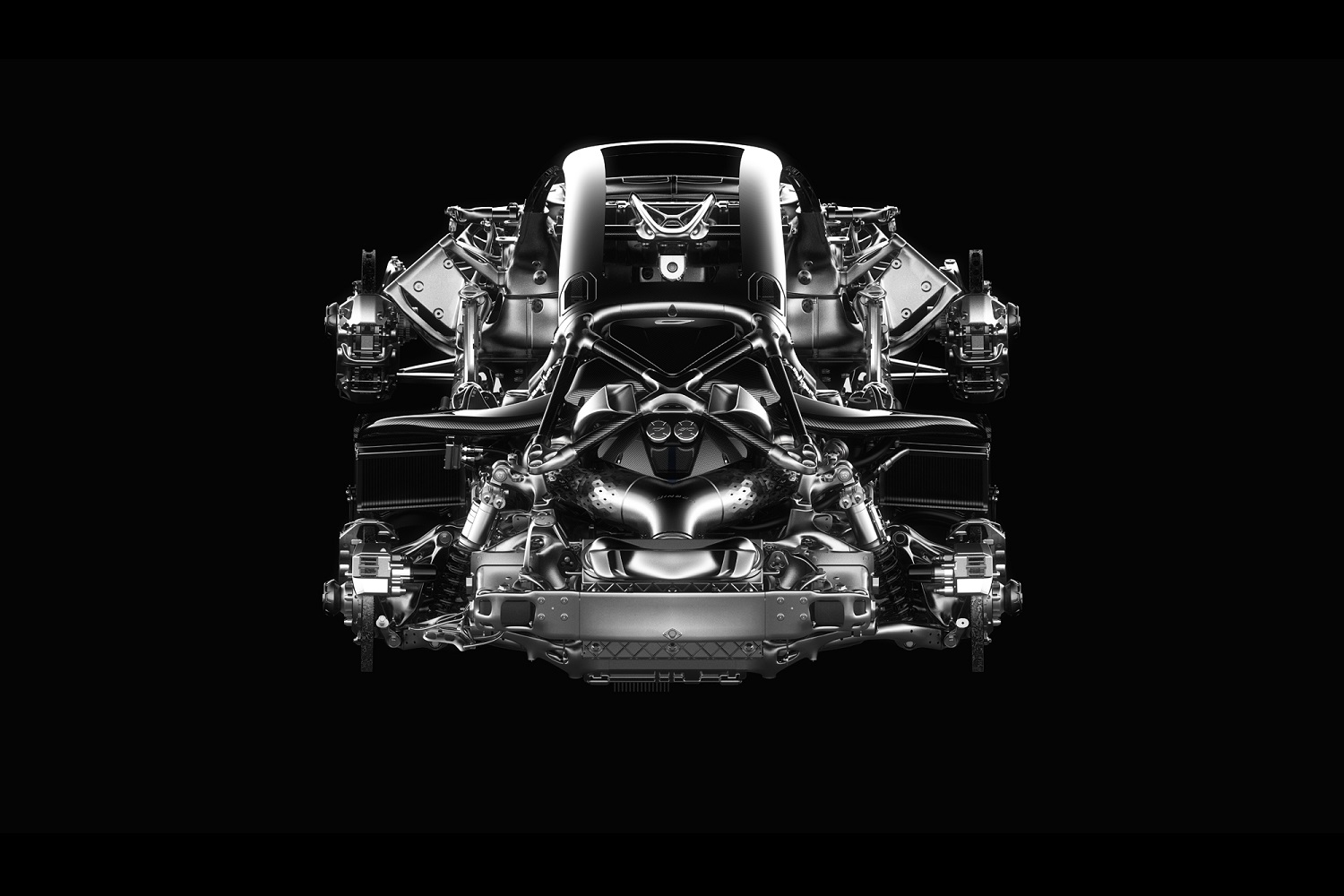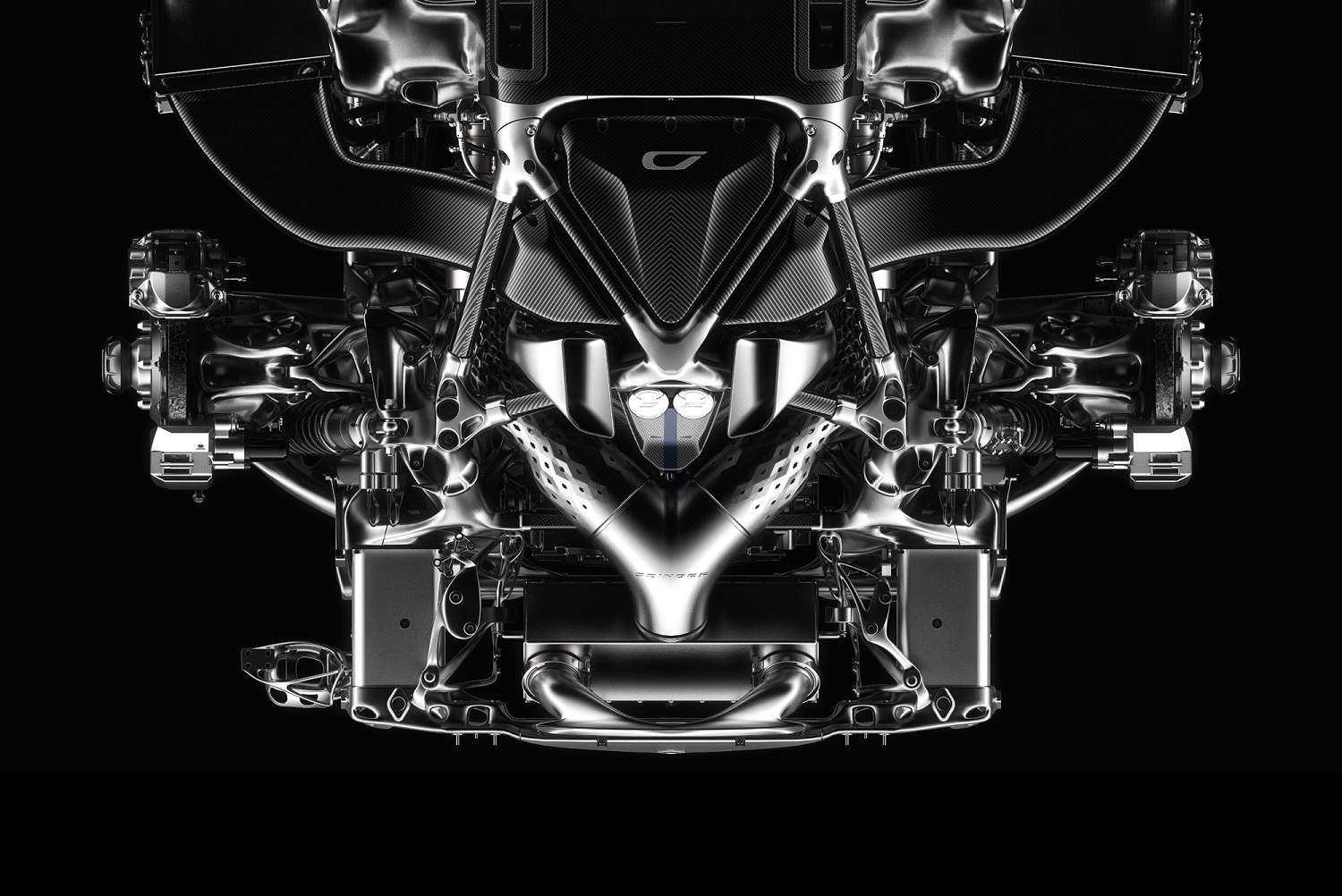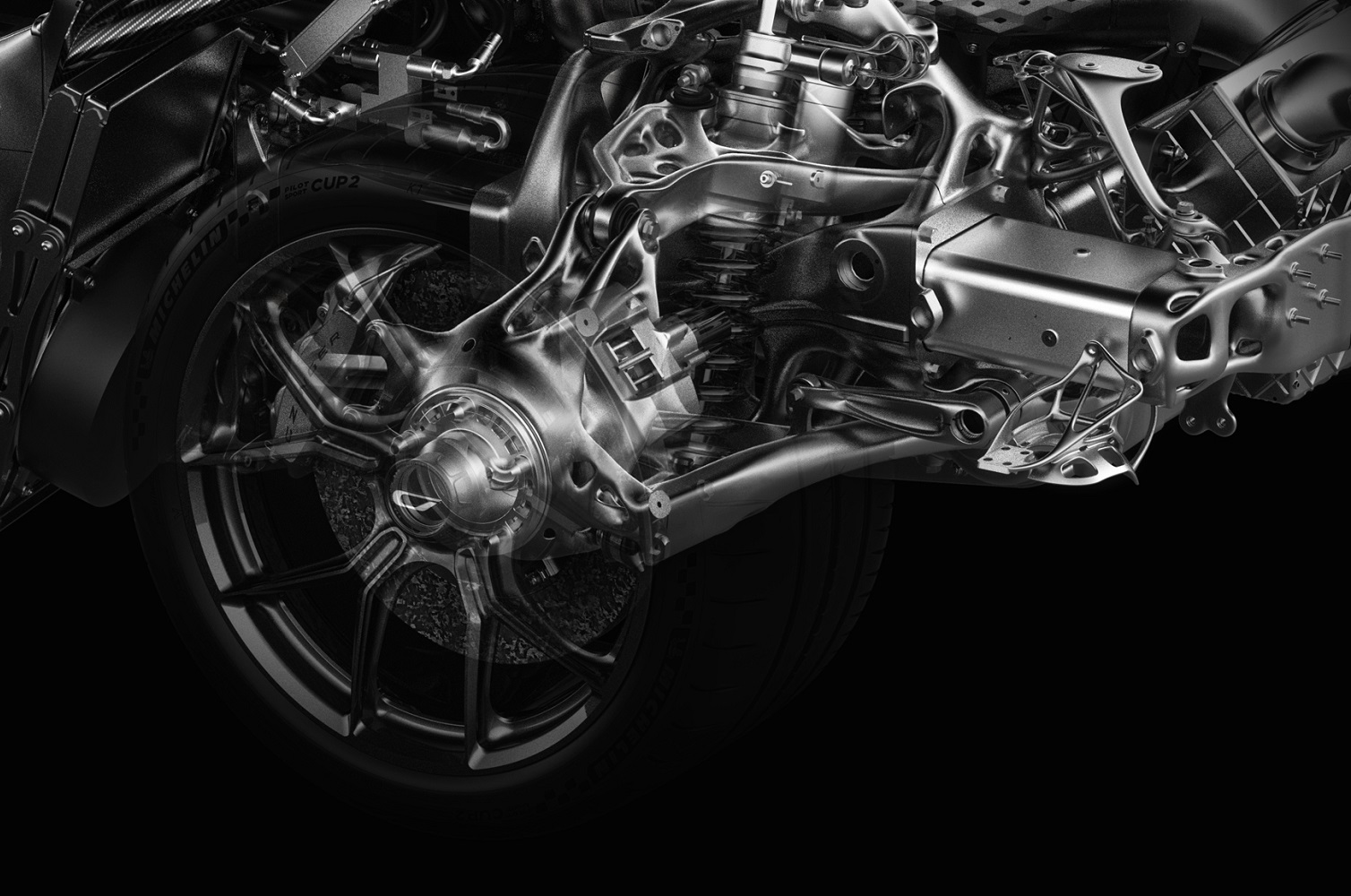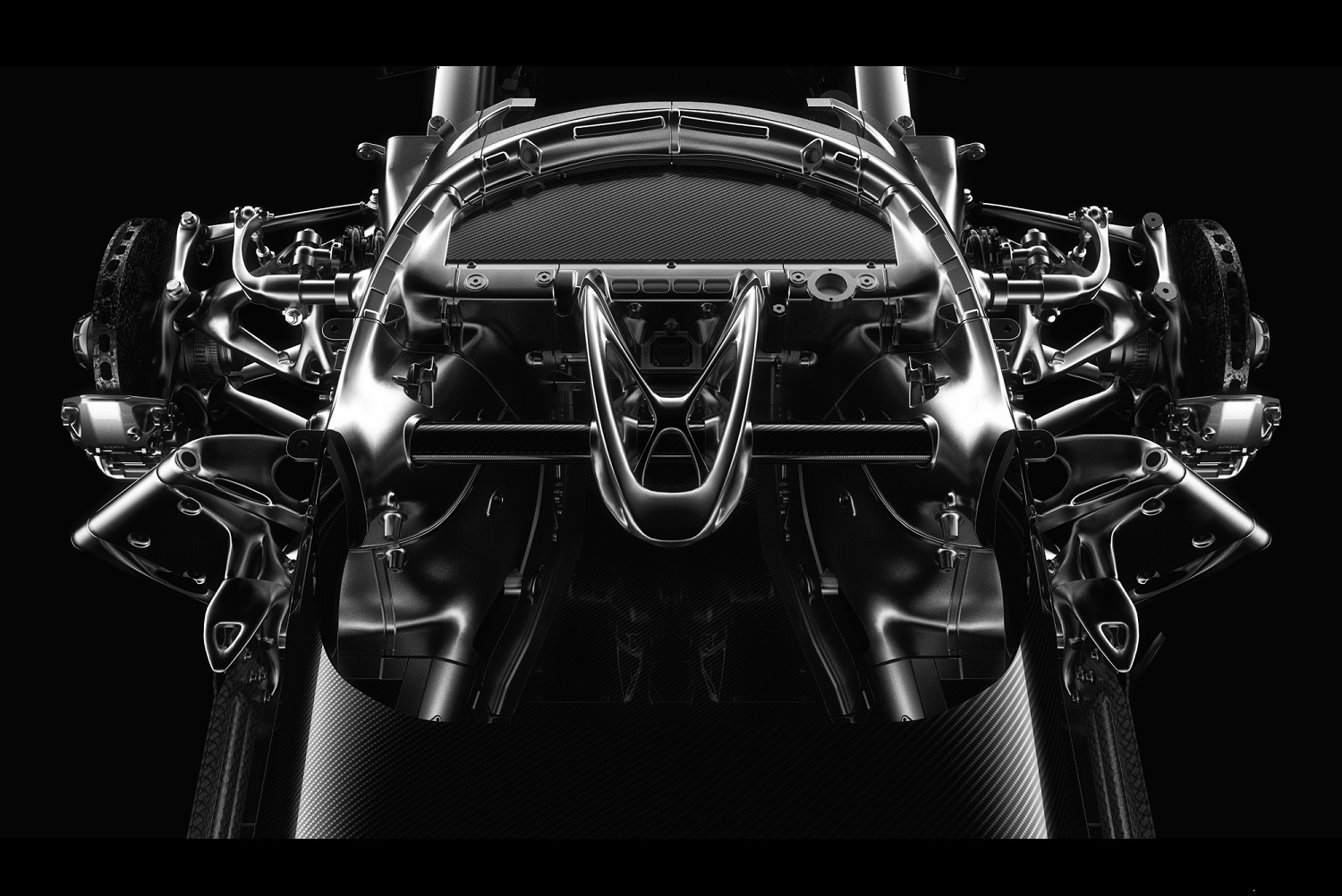No longer is 3D printing an obscure, little-known technology reserved for the handful of people brave and wealthy enough to dabble in it. It’s used in a wide variety of sectors to create anything from a cast to an unbreakable guitar, yet it’s rare in the automotive industry. Some manufacturers 3D-print emblems, brackets, or custom trim pieces, but a young carmaker named Czinger is taking it to a new level by making structural components for a hypercar. I spoke with company founder Kevin Czinger to learn more about the process, and why it’s the best option for his project.
More tech for less weight, cost, and time
Founded in 2019, Czinger (pronounced zinger) is a small company. It doesn’t have the same budget as Porsche or Ferrari, and pegging its research and development department on 3D printing technology saves it time and money as it designs its first car. Developing a part has historically required setting the right thermal, cost, and durability parameters, creating a casting mold or a stamping tool, and manufacturing it, either by stamping a sheet of metal or by pouring aluminum into a mold.
This process can take six to 12 months, according to Czinger, which is a huge amount of time for a start-up that understandably needs to keep costs in check. It’s much quicker (and ultimately far cheaper) to print what you need, but the technology required to make structural parts wasn’t available until recently.
“We’re starting from scratch. Commercially-available 3D printers and materials don’t work.”
“We’re starting from scratch. Commercially-available 3D printers and materials don’t work. The alloys are too brittle, they’re not made for this type of application, and to do the real structure of the vehicle you have to reinvent materials and create a purpose-built machine to print them,” Czinger explained.
SLM Solutions, a German manufacturer of 3D metal printers, helped Czinger develop the technology required to make the 21C a reality. Proprietary software helps the company’s engineers calculate which materials need to go where for the best results, and the printer does the rest once it’s been fed an array of data points.
Many components are printed with patented aluminum alloys. Some of the parts in the exhaust system are 3D-printed with Inconel, a type of metal that withstands extreme temperatures well, while part of the a-pillars (the structure on either side of the windshield) are created by 3D-printing titanium. One of the unexpected trade-offs is that the 3D-printed parts stand out with beautiful, sculpture-like shapes. The bits that don’t come out of a 3D printer, like the floorboards, are made with lightweight materials like Zylon (a high-strength metal) and carbon fiber.
Keeping weight in check is extremely important when developing a high-performance car like the 21C. It’s powered by a gasoline-electric hybrid powertrain built around a twin-turbocharged, 2.9-liter V8 developed in-house and mounted directly behind the two-seater passenger compartment.
It works with a pair of electric motors (there is one behind each front wheel) that’s connected to a quick-charging lithium-titanate battery pack. This configuration gives the 21C through-the-road all-wheel drive, and raises its output to 1,250 horsepower, a figure that’s even more impressive when you take into account the coupe’s relatively low 2,755-pound weight. Internal combustion in the rear, and electric in the front. On paper, this layout looks a lot like the Polestar 1’s powertrain flipped around.
Bolted to a seven-speed automated manual transmission, the hybrid system pelts the 21C from zero to 60 mph in a claimed 1.9 seconds – meaning your organs might move around a bit after you floor it from a standstill – and on to a 268-mph top speed.
And, although it burns gasoline in normal conditions, it’s happy to combust renewable methanol. Making it fully electric would have added too much weight, Czinger told me, because it would have required using a giant battery pack to deliver an acceptable amount of range on and off the race track.
Machine-printed, hand-made
You’re on the wrong track if you’re imagining a miles-long assembly line with 3D printers instead of robots. Czinger will make 80 examples of the 21C, and they’ll be largely assembled by hand. I learned 80 is a strategic decision.
“It’s not limited by technology, capacity, or any of these things. Looking at the hypercar market globally, we wanted to pick a number that gives us exclusivity but still puts enough cars out there that we have a base of people that like and promote the brand,” Czinger explained. Other small hypercar manufacturers have floated similar numbers for similar reasons; Pininfarina will cap production of the electric Battista at 150 units globally, for example.
Interest in the car has been “super strong,” which is encouraging, but Czinger wouldn’t comment on what comes after the 21C. The 22C, perhaps? Or, maybe the 21D? Your guess is as good as ours. “We’re already envisioning additional vehicles, but you don’t want to start marketing the next car while you’re launching your first car,” he clarified. “Our long-term vision is creating a brand that’s here in 200 years, based on completely new technology.”
Pricing starts at $1.7 million before taxes, and options elbow their way into the equation, so the 21C isn’t the kind of car you want to take to the grocery store or park in downtown New York City on a daily basis.
While the odds of seeing one of the 80 examples planned on your commute are low, the 3D-printing technology used to design and manufacture it could spread across the industry, and it might one day be used to make more accessible cars. “Over time, you’re going to see more and more functional vehicle components 3D-printed as well,” Czinger concluded.
This ambitious attempt at redefining performance and changing the way cars are built will be manufactured in Los Angeles. It will be fully street-legal in all 50 states, and deliveries are tentatively scheduled to begin in 2021.
Editors' Recommendations
- Super Mario 3D World made it to Switch, but other Wii U games are still stranded
- Porsche using 3D printing technology to make custom-tailored seat cushions
- Ford’s 3D knitting tech ensures your seats won’t burst at the seams
- Jaguar Land Rover is developing this amazing 3D head-up display
- This Karma Revero plug-in hybrid’s audio system took more than 2 years to design

